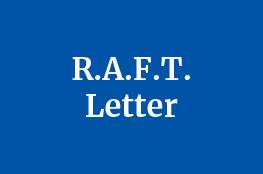After the screening, students prepare at least three questions about the film in small groups. In the following lessons, or as a homework assignment, they search for the answers together.
LENGTH: 20 min.
MATERIALS: piece of paper and writing utensils for each student, blackboard or flipchart
PROCEDURE:
- After the screening, divide the students into groups of 4 to 5. Their task is to prepare at least three questions related to the film to which they would like to know the answer.
- Next, a presentation part follows, during which a representative of each group in the circle presents the prepared questions and argues why the group chose these topics.
- Write the questions on the board. This way, you will create a stack of questions, thanks to which you can find out what the students are most interested in and what you should focus on in the next lessons. It is possible that the questions of the groups will repeat.
- Finally, summarize the selection of the questions and briefly discuss why the students chose these topics.
NOTE:
This activity can be used after any screening. It can be followed by a discussion with an expert on the given topic. You can send the questions to the guest in advance, or let students ask during the discussion. If you cannot invite a guest, students can choose one from the "stack" of questions to work on for homework. They can then prepare a short paper or a presentation, in which they will introduce their answers to their classmates.
You can provide the students with support in the form of a selection of suitable literature. You can also provide them with additional materials for self-study, or informational texts on the topic, which you can find below each AV lesson as „Questions and Answers“.
Download PDF
Zavřít

 Česky
Česky










